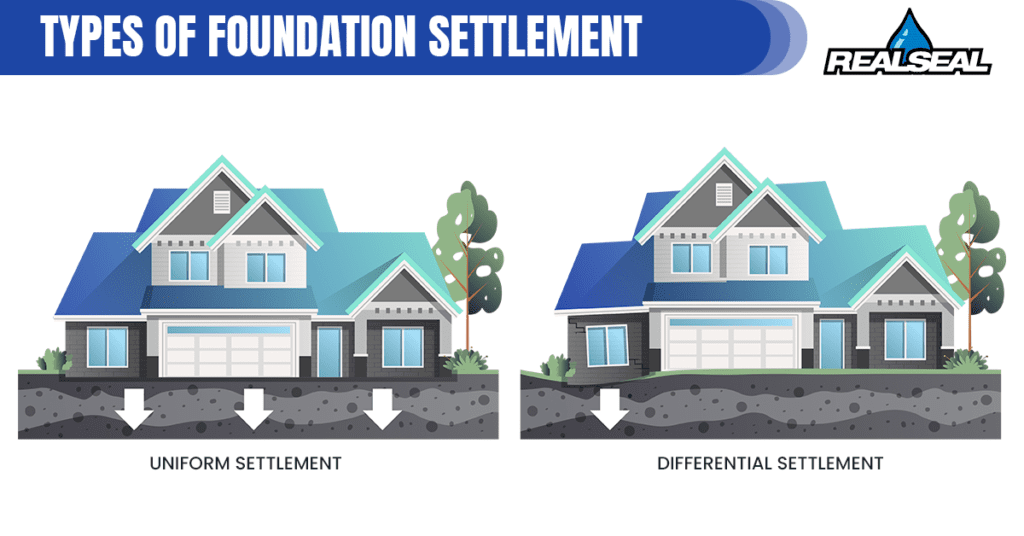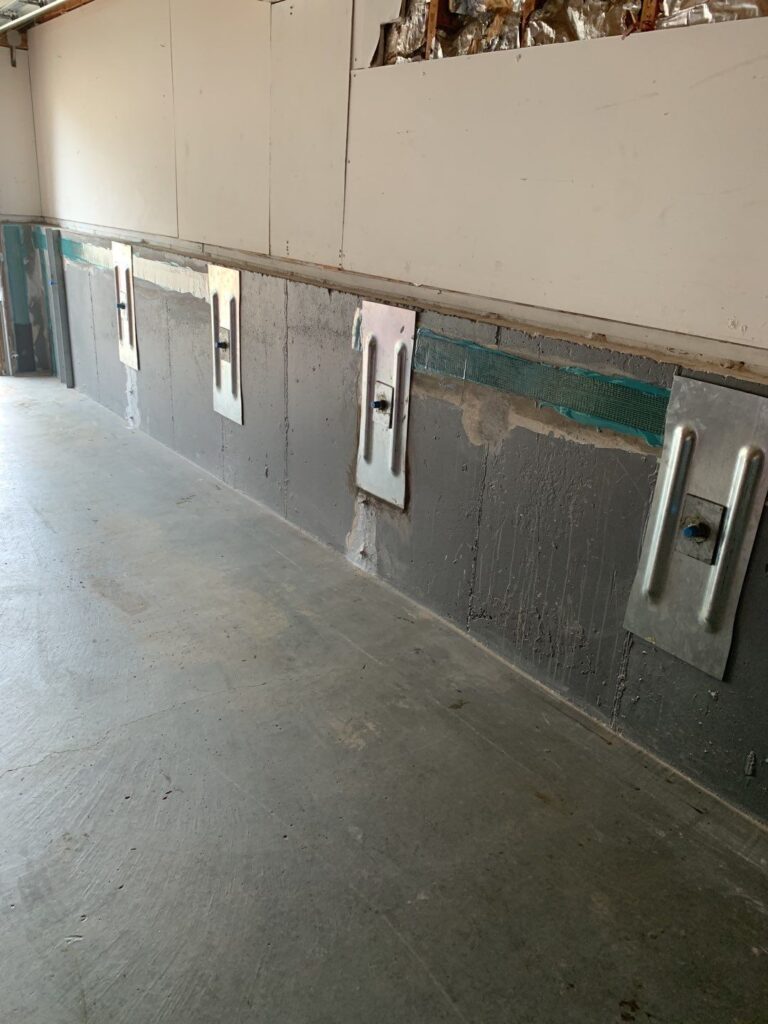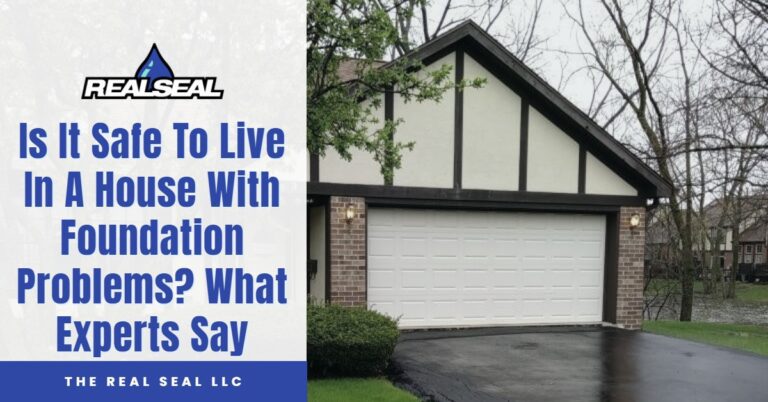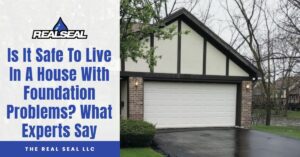If you want to know the difference between foundation problems vs. settling, you’re in the right place. This article discusses different foundation problems that you may encounter as a result of settling, the different types of settlement you may face, and how experts deal with foundation settling.
Is It Safe To Live In A House With Foundation Problems?
It depends on how severe your foundation problems are. In most cases, it is safe to live in a house with foundation problems. But, it’s not uncommon for foundation problems to worsen over time. That’s why most experts recommend repairing them as soon as you notice them. The good news is that most foundation problems are repairable.
Your home is very important, and so is its foundation. The main goal of paying attention to foundation problems is to make sure your home’s structural integrity isn’t compromised.
Unsafe Foundation Problems

Here are a few unsafe foundation problems that you should definitely fix right away.
- Foundation walls bowing more than 3 inches – If you have a basement under your home, you need to pay close attention to your foundation walls. When hydrostatic or other forms of lateral pressure push against your basement walls, they can cause them to bow inward. If your basement walls are bowing more than three inches, it’s time to call a professional.
- Foundation cracks – You should also pay attention to any horizontal or stair-step cracks in your foundation walls. These cracks are what experts call “structural cracks,” and they pose a considerable threat to your home’s structural integrity.
- Foundation settling or sliding due to soil creep – If your home was built below a hill or on the side of a hill, you might experience what experts call “soil creep.” Usually, after heavy rains, soil can slide down the hill and cause lateral movement against your foundation.
- Uneven floors – If you have a settling crawl space, you might have uneven wooden or tile floors. This can lead to unsteady furniture, rocking appliances, and potential trip hazards.
What Causes Foundation Problems
The most common cause of foundation problems is differential settlement. This is when sections of your home settle at uneven levels. One part of your home will be slightly lower than another part of your home. Differential settlement can occur because:
- The soil under your foundation wasn’t properly compacted (the soil particles are too far apart).
- Buried material under your foundation can degrade, leaving behind pockets or voids.
- The soil underneath your foundation could be shrinking and growing based on moisture content. (That’s called expansive soil.)
All of these symptoms can lead to differential settlement which can then lead to foundation problems.

Signs Of Foundation Problems
Here are some of the most common signs your home is suffering from foundation problems.
- Windows and doors are sticking when you try to open or close them.
- Floors are uneven or cracked from wall to wall.
- Foundation walls are bowing inward.
- Walls, floors, and ceilings are separating from each other.
- Wallpaper is tearing and revealing hidden wall cracks.
- Drywall cracks are running diagonally from the corners of your doors and windows to the ceiling.
- Stair-step cracks are forming on your concrete block walls or exterior brick fascia.
- Your chimney or porch is separating from your home. (Call a professional to make sure this isn’t a problem with the foundation directly under your porch or chimney.)
How To Fix Foundation Problems
Here’s how experts fix foundation problems.
- Steel push piers and helical piers – If your foundation needs to be lifted back up due to settlement, most experts will use either steel push piers or helical piers. Push piers, as the name suggests, are pushed deep below your foundation. Helical piers, on the other hand, are twisted into the soil under your foundation. Both pier systems are searching for load-bearing strata (strong enough soil to hold up your foundation). Once they reach stronger soil, hydraulic jacks lift your home back to the maximum practical level.*
*Maximum practical level is the ultimate amount of foundational lift achievable before causing structural or cosmetic damage to a home.
- Wall plate anchors, c-channel anchors, and carbon fiber straps – If your foundation walls are bowing or shearing more than three inches, experts will use wall plate anchors or c-channel anchors to pull your wall back outward and suspend any more movement. If the bowing is less than three inches, experts can use Invisibeam carbon fiber straps to stabilize and prevent any further movement. Read more: Bowing Walls: 4 Causes & 5 Solutions.
- Epoxy crack injections and carbon fiber staples – If differential settlement has caused any structural cracks to form on your foundation walls, experts can seal them using an epoxy injection and stabilize them using carbon fiber staples. Read more: Why You Should Pay Attention To House Settling Cracks.

Who Can Fix Foundation Problems Near You?
If you live in the Greater Chicago area and need the best foundation repair solutions, you need to call The Real Seal. We’ll come out and inspect your foundation problems, determine how serious they are, and what we can do to help. We also provide basement waterproofing, crawl space encapsulation, concrete leveling, and more. Call today for your free inspection and estimate.







2 Responses
Great article. My building has leaned about 3 inches due to construction work being carried on less than 3 feet from the side of my building.
Oh no! I hope you have contacted the contractor. This is not uncommon for contractors to not properly shore up the sides of buildings they are working next to.